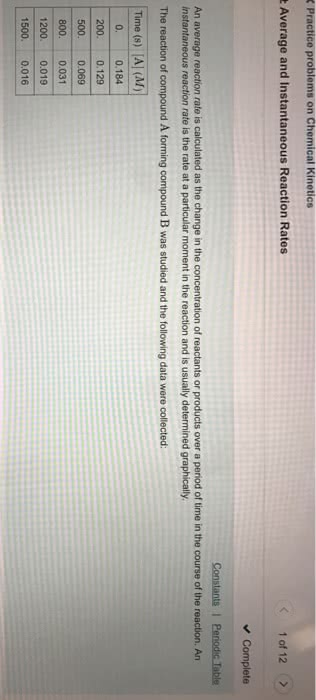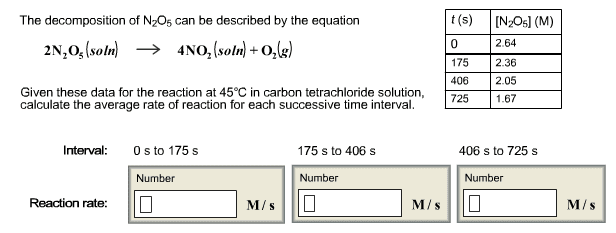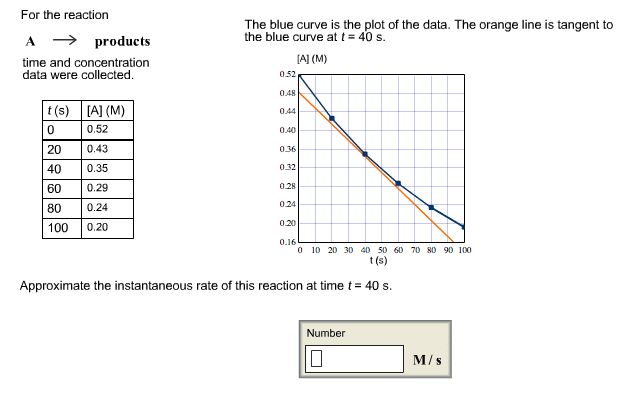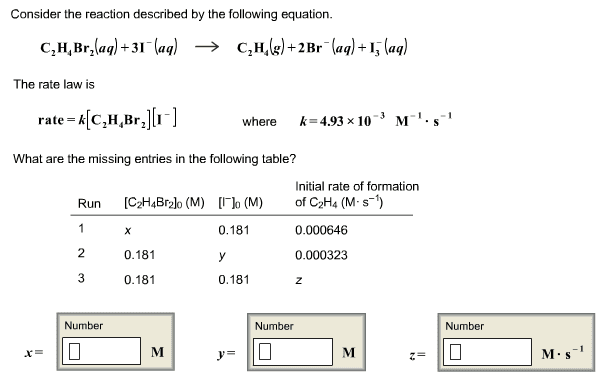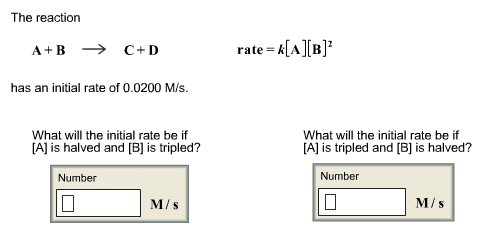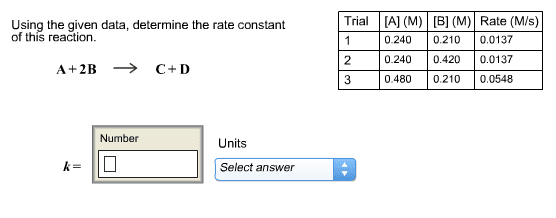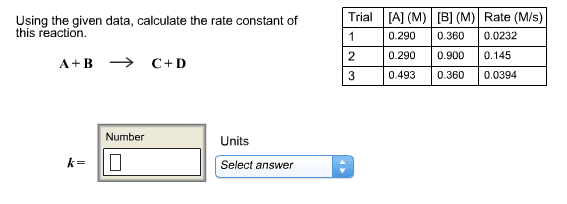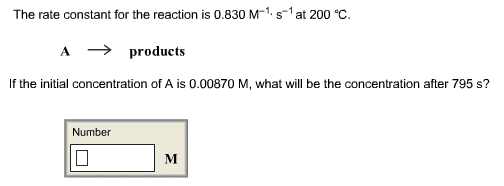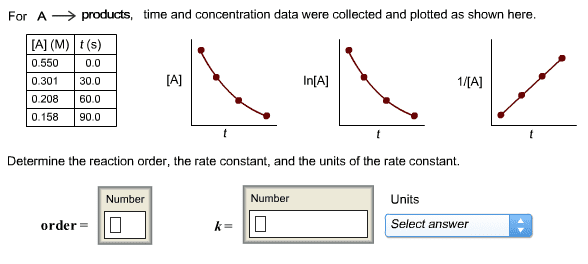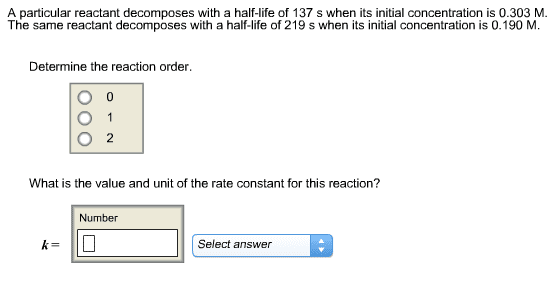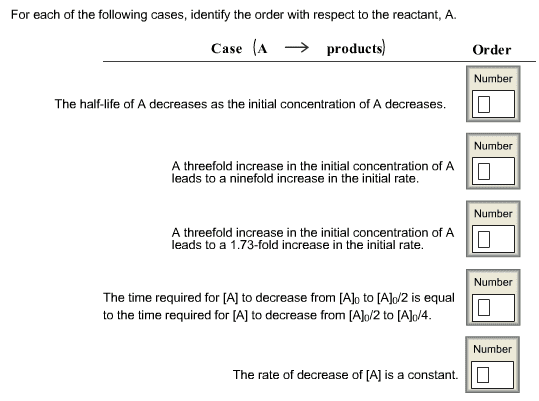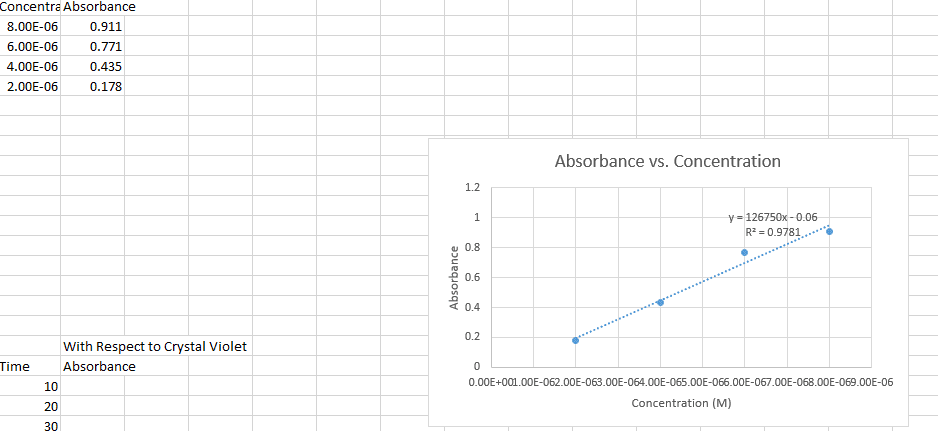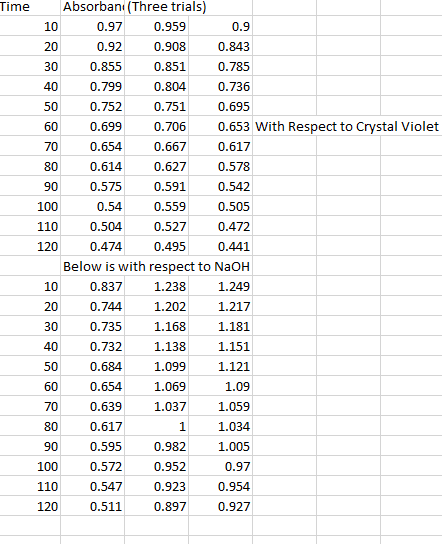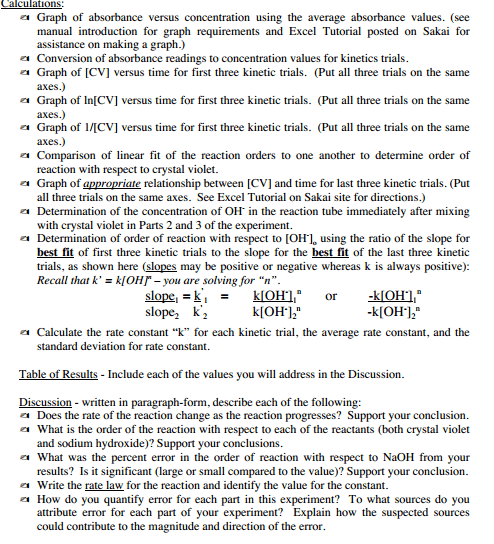CHEM 1001 Study Guide - Midterm Guide: Activation Energy, Activated Complex, Collision Frequency
48 views3 pages
11 Jan 2018
School
Department
Course
Professor
Document Summary
14. 1 rate of a chemical reaction: = concentration / time. Initial rate of reaction can be calculating by using 1(slope of tangent line at t=0) or measuring reactant"s concentration as soon as possible after mixing/after short t. 14. 3 effect of concentration on reaction rates: the rate law. Rate law/equation: experimentally determined to predict relationship between rate of reaction. Larger k value = faster reaction: note: can use high school method to determine rate law using table. Just remember to use log if exponents are going to be a fraction, & when solving for k units can be left as m, & remember to check answer at the end using diff. experiment #. 14. 4 zero-order reactions: sum of exponents = 0, so rate of reaction = k = constant. * k = -m = [a]0/tfinal: integrated rate law: expresses concentration of reactant as function of time. y = mx + b. Which is equivalent to [a]t = -kt + [a]0.
Get access
Grade+
$40 USD/m
Billed monthly

Homework Help
Study Guides
Textbook Solutions
Class Notes
Textbook Notes
Booster Class
10 Verified Answers
Related textbook solutions
Chemistry: Structure and Properties
2 Edition,
Tro
ISBN: 9780134293936
Basic Chemistry
5 Edition,
Timberlake
ISBN: 9780134138046
Principles of Chemistry Molecular Approach
4th Edition,
Tro
ISBN: 9780134112831
Chemistry: Structure and Properties
2nd Edition,
Tro
ISBN: 9780134293936
Principles of Chemistry Molecular Approach
3rd Edition, 2014
Tro
ISBN: 9780321971944
Chemistry: A Molecular Approach
3rd Edition,
Tro
ISBN: 9780321809247
Chemistry: A Molecular Approach
5th Edition,
Tro
ISBN: 9780134874371
Principles of Chemistry: A Molecular Approach
4th Edition,
Tro
ISBN: 9780134895741
Chemistry: The Central Science
14th Edition, 2017
Brown
ISBN: 9780134414232
